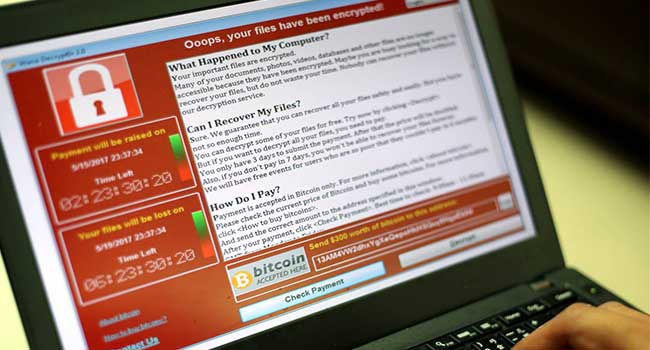
Cybersecurity Experts Suggest North Korea Carried out WannaCry
The cybersecurity arm of British intelligence services has reportedly suggested the global ransomware attack was launched from North Korea.
Just last month a nasty ransomware attack by the name of WannaCry locked down the data on computers in nearly every continent across the globe. Now, cybersecurity researchers are getting to the bottom of where the attack was launched from.
British security services believe the attack was launched from North Korea, sources familiar with the matter have said. The WannaCry ransomware outbreak – powered by a leaked NSA exploit – took down Windows computers around the world, infecting over 300,000 PCs and crippling systems across the Americas, Europe, Russia and China.
The UK’s National Health Service was hit particularly badly by the attack, with hospitals and doctor’s surgeries knocked offline. Some services were not restored until days after the initial attack.
Now an investigation led by the National Cyber Security Centre has pointed to North Korean hacking operation, the Lazarus Group, as the source of the attack. While cybersecurity firms had previously suggested the WannaCry attack could have been mounted from North Korea, they could not confirm or deny the accusation at the time.
The role of the North Korean leadership in the WannaCry outbreak isn't known, but security services have suggested that those behind the attack may not have expected the ransomware to spread so quickly. Mistakes in the code point to the possibility that the authors didn't know what they were getting themselves in to.
The suggestion by British security services that WannaCry was launched by North Korea comes shortly after reports that US intelligence officials at the NSA have also linked the cyberattack to the country. The assessment was based on an analysis of tactics, techniques and targets, which has led to "moderate confidence" that North Korean intelligence was behind the attack.